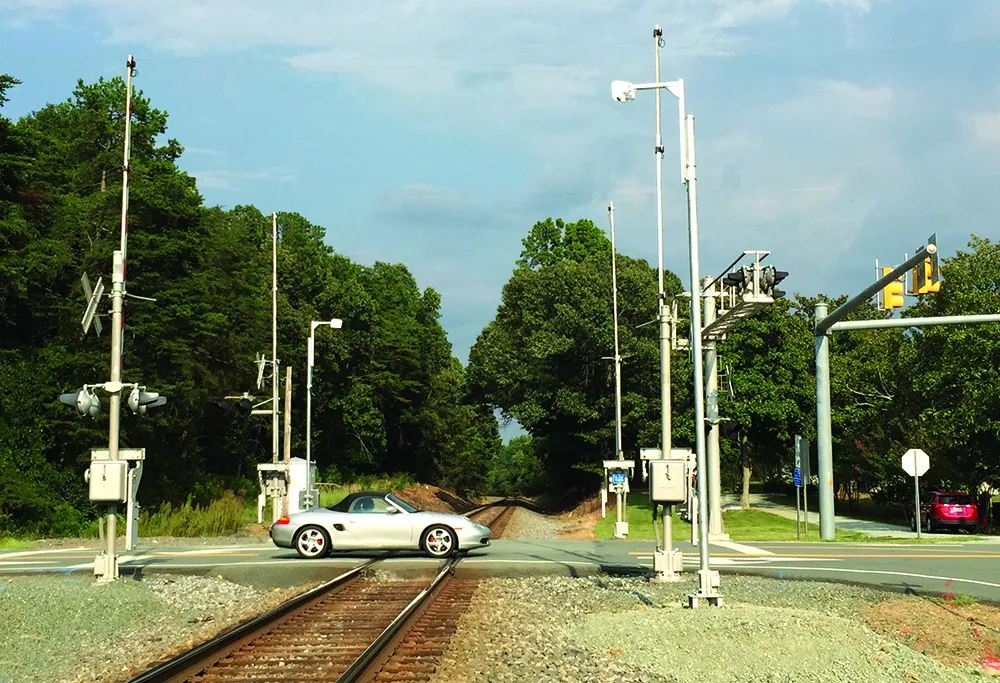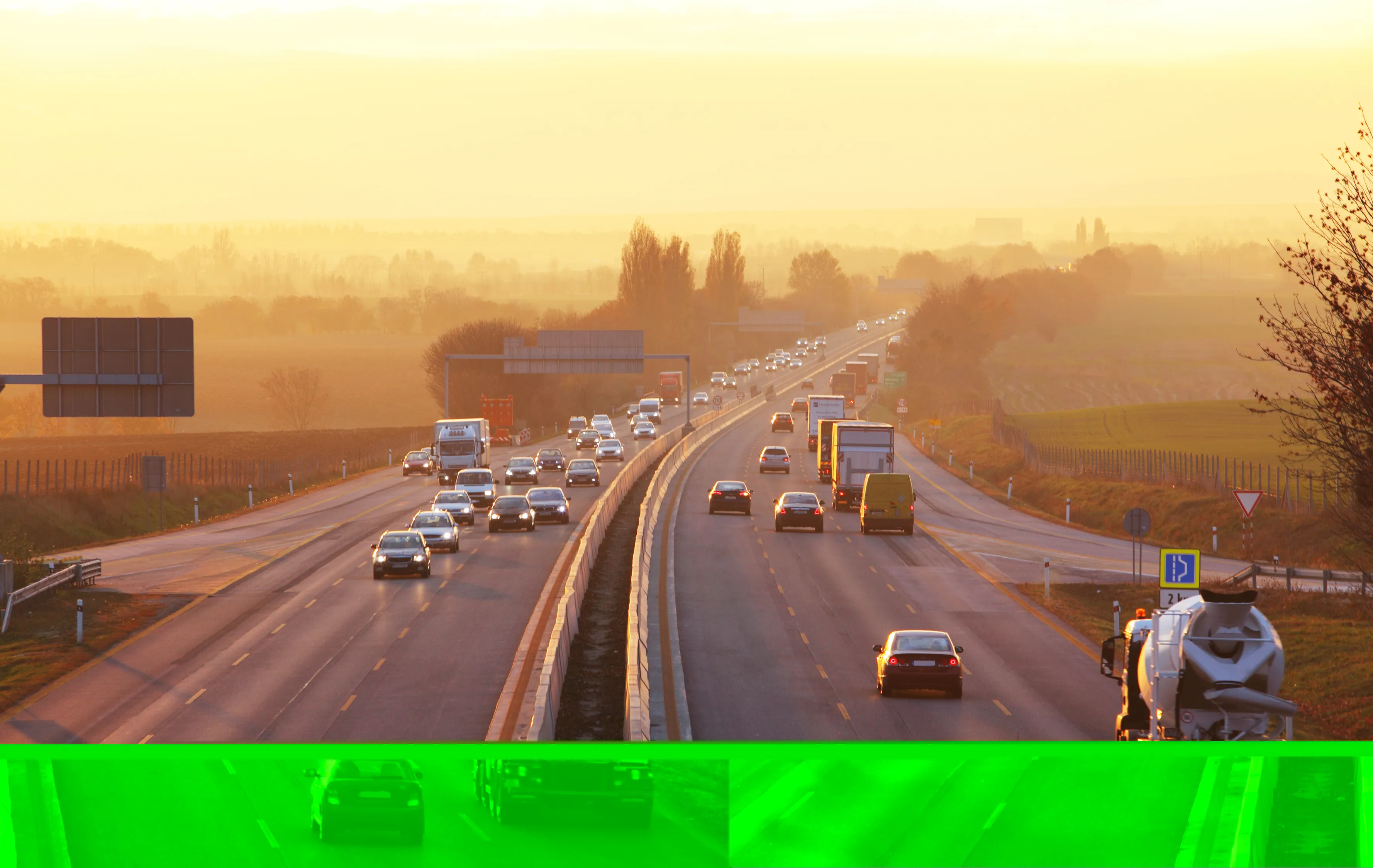A study by rail experts at the University of Huddersfield in the UK has concluded that railway crossing safety could be improved by networks of tiny wireless sensors attached to the tracks.
Following extensive research at the university’s Institute of Railway Research (IRR), the Department for Transport-funded project established that the sensors could be powered by vibrations from approaching trains. They would then form a wireless network to send a message to lower or raise the gates.
According to t
August 23, 2016
Read time: 2 mins
A study by rail experts at the University of Huddersfield in the UK has concluded that railway crossing safety could be improved by networks of tiny wireless sensors attached to the tracks.
Following extensive research at the university’s Institute of Railway Research (IRR), the1837 Department for Transport-funded project established that the sensors could be powered by vibrations from approaching trains. They would then form a wireless network to send a message to lower or raise the gates.
According to the researchers, the technology has been tried and tested in the oil and gas industry and some safety-critical applications such as medical devices.
The IRR’s professor in Railway Safety, Dr Coen Van Gulijk says current train detection devices are costly because they are made to be failsafe. They are also disruptive to install. “But we have shown that we can use many cheap sensors and still guarantee fail safety,” he said. “If one sensor fails, the others talk to one another and create another network, creating another route for the information to travel.”
The researchers believe that the sensors would be much less costly to install and maintain. They claim that in some locations a conventional detection system could cost up to £500,000, with high running costs. But a wireless sensor network in the same situation could be installed for less than £20,000 and would be self-powered by train vibrations.
Now that they have demonstrated the feasibility of using wireless sensors to control automatic level crossings, the researchers are to hold talks with industrial partners who can help bring the project to fruition.
Following extensive research at the university’s Institute of Railway Research (IRR), the
According to the researchers, the technology has been tried and tested in the oil and gas industry and some safety-critical applications such as medical devices.
The IRR’s professor in Railway Safety, Dr Coen Van Gulijk says current train detection devices are costly because they are made to be failsafe. They are also disruptive to install. “But we have shown that we can use many cheap sensors and still guarantee fail safety,” he said. “If one sensor fails, the others talk to one another and create another network, creating another route for the information to travel.”
The researchers believe that the sensors would be much less costly to install and maintain. They claim that in some locations a conventional detection system could cost up to £500,000, with high running costs. But a wireless sensor network in the same situation could be installed for less than £20,000 and would be self-powered by train vibrations.
Now that they have demonstrated the feasibility of using wireless sensors to control automatic level crossings, the researchers are to hold talks with industrial partners who can help bring the project to fruition.










